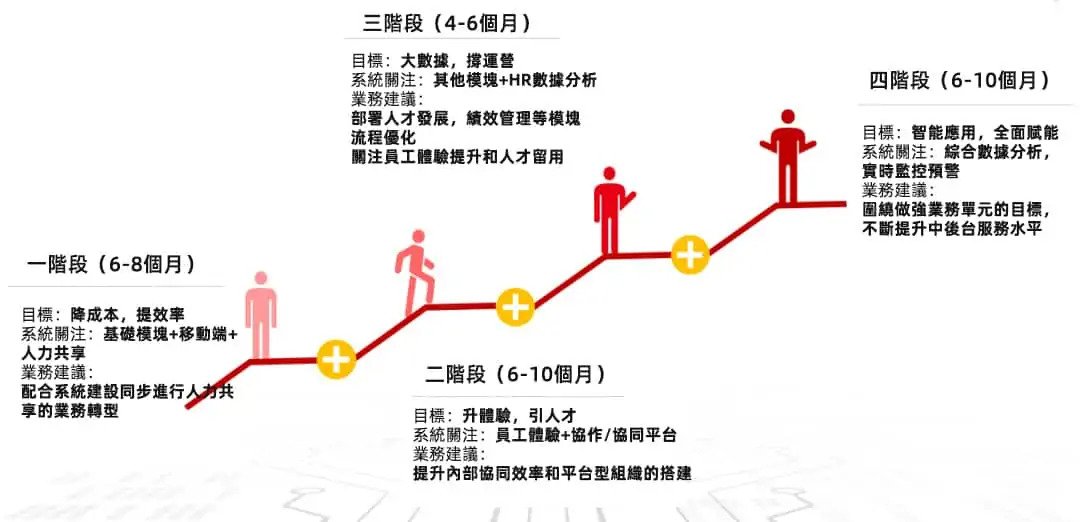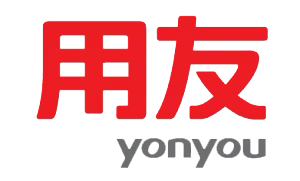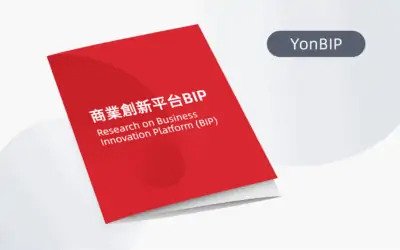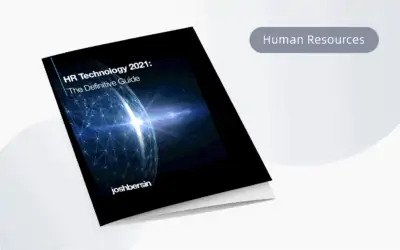hr-retail
Webinar on “Digital Construction Operation – Onsite Management & DWSS”

"The retail industry has an opportunity for rebirth, and the most adaptable and most innovative businesses will not only survive, but thrive."
——Joe Weiman, Digital Transformation Strategist in the American Retail Industry
The human resources department should help companies build resilient organizations and improve competitiveness

In the era of digital economy, the retail industry is undergoing the "fourth transformation". Who can stand out depends on who can break the original working mode in the shortest time.Reconstruct organizational capabilities and build resilient organizations.
If you want to build a resilient organization, you cannot do without the above four points. Focusing on organizational restructuring, service empowerment, talent activation and data intelligence, UFIDA helps retail companies build resilient organizations and improve competitiveness.
UFIDA summarized and extracted several sets of roadmaps suitable for the digital transformation of human resources in the retail industry. through the current corporateManagement model, business level, information levelIn-depth research, together with customers to choose the best HR digital transformation solution.
For the "zero-based" retail industry, the general route of HR digital transformation is as follows:

For retail enterprises with a certain informatization foundation, it will take 1-2 weeks for professional consultants to carry out the overall digital transformation plan according to the informatization stage and expected goals of the specific enterprise, and then start the selection and implementation of the digital platform.
The traditional retail industry is a labor-intensive enterprise. Whether it is warehousing, logistics, or sales, it is done by a lot of people. Statistics show that only the top 100 chain retail companies created 1.6 million jobs last year. However, whether it is from the perspective of per capita turnover or per capita net profit, the data of the retail industry needs to be improved.
Based on,The digital transformation of the retail industry is different from other industries. The primary goal must be to reduce costs and increase efficiency, otherwise it will not be sustainable.
Based on the transformation roadmap, we recommend that the digital transformation of human resources in the retail industry also need to focus on the following important aspects:
Simultaneous construction of basic modules and manpower sharing
1. Basic modules are the foundation of digital transformation of human resources
The basic modules mainly include organizational management, personnel management, contract management, salary and benefits management, and attendance management. Most of the traditional supermarkets and department stores are deep well-organized, which brings inconvenience to departmental collaboration. At the same time, the long approval chain leads to unclear rights and responsibilities.
UFIDA helps enterprises solidify new management ideas and promote enterprise reform and efficiency improvement through the process sorting and system implementation of organization, personnel, salary, and attendance. This is the first step in the digital transformation of human resources.
2. Shared service platform and information system are built together
Based on the characteristics of scattered and large number of employees in the retail industry, low academic level, and high employee turnover rate, it is recommended that enterprises in the first stage of digital transformation should solidify and standardize the transactional work of the human resources department through manpower pooling. While improving the service quality of the human resources department, it can quickly form scale benefits and save costs for the enterprise.
Focus on employee experience and collaboration platforms
1. Continued investment in employee experience will make businesses more attractive
The annual average staff turnover rate in the retail industry is between 22%-41%, and only 8% companies indicate that the staff turnover rate is lower than 15%. In addition to factors such as long working hours (over 10 hours per day) and low salaries, employees are also worried about development prospects, and the low service level of the human resources department leads to poor experience.
2. The attractiveness of enterprises to talents has evolved from "high return" to "high experience"
In a retail enterprise with a better employee experience, the employee turnover rate can be effectively reduced by 3-10 percentage points. Based on the calculation that each employee needs to be recruited at 3,000 yuan, in a retail department store with 10,000 people, at least 900,000-3 million yuan can be saved each year.
The traditional human resource informatization transformation is mainly based on the actual operation and application of 6 major modules. The boundaries between each module are relatively clear, and it solves the problem of HR personnel's work efficiency. However, in the current digital transformation, a series of digital touchpoints centered on employee experience is the beginning of the real realization of the digital transformation of enterprise human resources.

Simultaneous construction of basic modules and manpower sharing
1. Basic modules are the foundation of digital transformation of human resources
The basic modules mainly include organizational management, personnel management, contract management, salary and benefits management, and attendance management. Most of the traditional supermarkets and department stores are deep well-organized, which brings inconvenience to departmental collaboration. At the same time, the long approval chain leads to unclear rights and responsibilities. UFIDA helps enterprises solidify new management ideas and promote enterprise reform and efficiency improvement through the process sorting and system implementation of organization, personnel, salary, and attendance. This is the first step in the digital transformation of human resources.
2. Shared service platform and information system are built together
Based on the characteristics of scattered and large number of employees in the retail industry, low academic level, and high employee turnover rate, it is recommended that enterprises in the first stage of digital transformation should solidify and standardize the transactional work of the human resources department through manpower pooling. While improving the service quality of the human resources department, it can quickly form scale benefits and save costs for the enterprise.
Improving performance is the goal, and performance appraisal is just a tool
Overall, the retail industry lags behind other industries such as the Internet in terms of performance, training, and talent development. According to Mr. Zeng Lingtong, Deputy Secretary-General of the Expert Committee of the China General Chamber of Commerce, the performance appraisal of the retail industry often "emphasizes results rather than processes." But we all know that performance is actually a means rather than an end. The incentive methods for employees in the retail industry have the following problems that need to be improved and improved:
- Insufficient specialization of assessment and low employee participation
- Poor overall planning leads to a large deviation between the target and the actual
- The assessment is anticlimactic and goes through the motions
- The correlation between assessment results and bonuses is too high, and the correlation with management level improvement and talent development is extremely low
- Emphasis on the design of the assessment plan, ignoring the implementation
Digital incentives make employees happier and collaboration more worry-free
Whether it is from Maslow or Herzberg, it aims to show that motivating employees is not just about money. Passing high performance commissions and bonuses is definitely not a long-term strategy for enterprise development. Employees need to be motivated, and the source of motivation can be leaders, colleagues, subordinates, or even digital devices.
Many excellent companies use online incentives to open up collaboration between departments. Employees can give each other glory and points. While building a bridge and bond between front-line employees, it improves the timeliness of feedback and optimizes the work experience of employees.
Comprehensive incentives for employees also enrich the company's talent profile, enabling companies to more accurately identify real high-potential talents through daily behaviors. The points earned by employees can be exchanged for personalized benefits through the flexible benefit platform, which really helps companies spend every dollar on the right employees.


